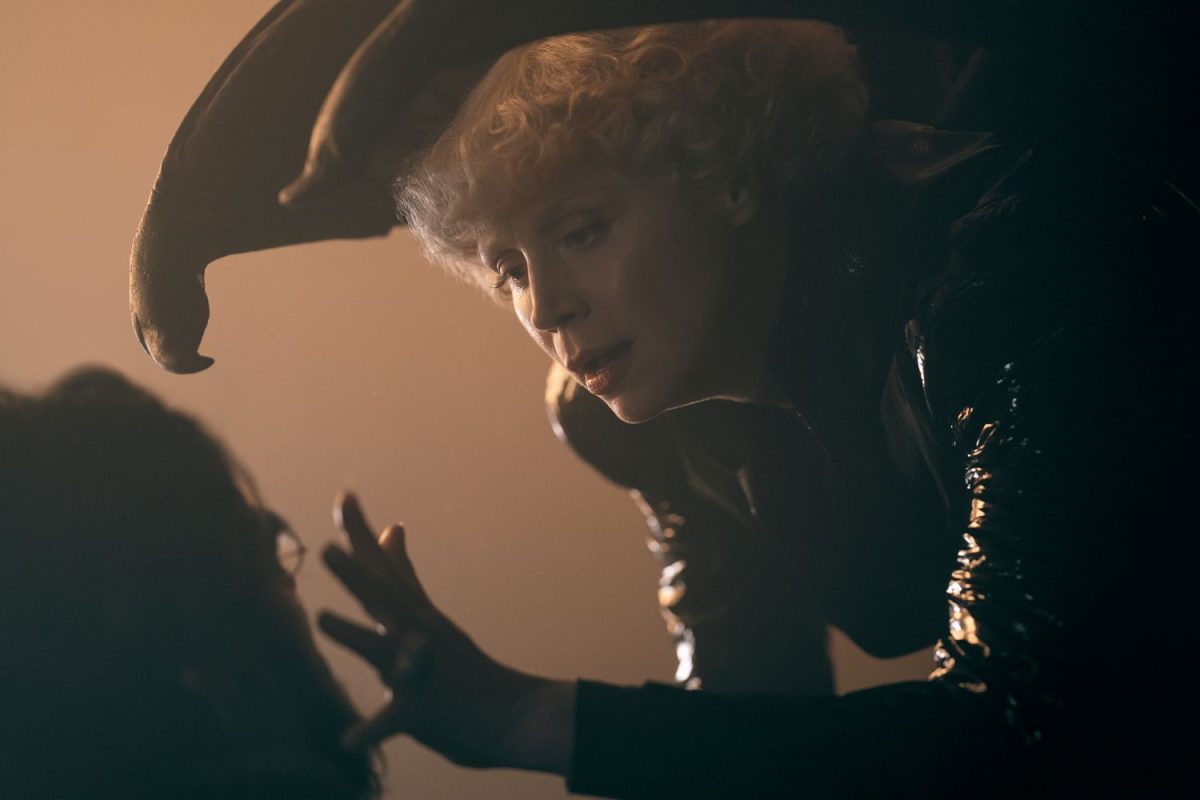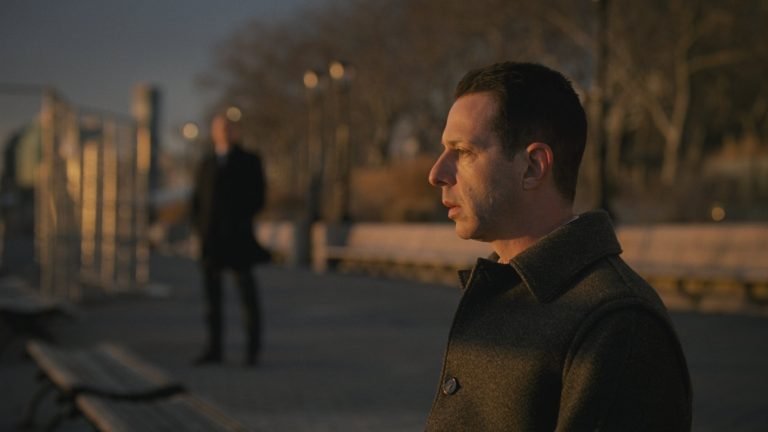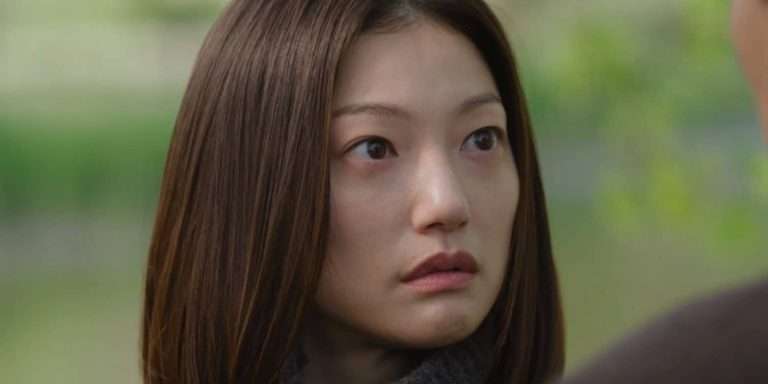The Sandman (Season 2, Volume 1) is a masterclass in slow-burn fantasy. Faithful yet fresh, it deepens its themes of memory, regret, and duty with poetic visuals and haunting performances. It is not afraid to be quiet. It is not afraid to dream. After a long slumber, “The Sandman” returns—brooding, beautiful, and more assured in its mythic stride. Fans of gothic and dark academia, who are still unfamiliar with the Sandman universe, would surely find this creation a safe space where all their fantasies can take flight.
The Sandman (Season 2, Volume 1 – comprising the first six episodes of the season) continues Netflix’s adaptation of Neil Gaiman’s iconic comic series, weaving its spell with quiet conviction. That said, it’s important to acknowledge that Neil Gaiman, the creator of “The Sandman,” has faced serious allegations of sexual misconduct. No amount of creative brilliance excuses harmful behavior, and these accusations deserve to be taken seriously and investigated properly. Praising the show’s execution should never mean ignoring the ethics of who gets to create and profit from such work.
In this chapter, we are drawn deeper into the shifting realms of dreams, stories, and fractured identities, as the Lord of Dreams, Morpheus, becomes entangled in the designs of Lucifer the Creator, forgotten gods yearning for worship, restless mortals, and the endlessly strange beings that drift between worlds. If Season 1 was about Morpheus regaining his power and place after being imprisoned for over a century, Season 2 Volume 1 is where the dreaming truly begins.
The arc shifts from Morpheus’ restoration to a more sprawling exploration of the threads that bind the Dreaming to the waking world and the threats that seek to destroy the delicately designed world. Faithful to its source while adapting it for a modern audience, the new episodes deepen the philosophical undercurrents of the original while offering standout performances and strong visual storytelling.
Tom Sturridge is honestly spot-on as Lord Morpheus. Tall, ghost-pale, and closed off, he fits the image of that moody, gothic archetype that used to be all over pop culture back in the day but has mostly faded from view now. Dream is proud, brooding, and painfully reluctant to admit when he’s wrong, and Sturridge captures all of that without making it feel overplayed.
This season, Dream is being pushed to change. He’s forced to confront old decisions, face his family, and start loosening the grip he keeps on his rigid sense of duty. What’s impressive is how Sturridge plays both sides of the character so well: the otherworldly distance of an ancient being and the quiet weariness of someone who’s been doing the same job for far too long. It’s hard to imagine anyone else pulling it off with the same kind of restraint and weight.
The first episode, “Season of Mists,” sets the tone for the entire first volume. The episode ends with Dream stepping into Hell, where Lucifer Morningstar, still nursing the wound of their last encounter, prepares to exact revenge. In the second episode, “The Ruler of Hell,” there are many scenes that feel plucked straight out of John Milton’s “Paradise Lost,” as if they were brought to life with eerie grandeur.
Lucifer asks Dream to sever her wings. The image of Dream standing at the gates of Hell, blade in hand, as ash falls and wings are cast aside, is among the most haunting in the series so far. The cinematography here is astonishing, with high Gothic interiors, a brilliant sunset, and an apocalyptic stillness that feels like Heaven’s fury paused mid-breath. If Milton’s Satan came out on celluloid, this is what it would look like.
The 15 Best Netflix TV Shows of 2022
The torment has been silenced. Lucifer Morningstar, played with unnerving serenity by Gwendoline Christie, has abdicated. No more punishments, no more divine assignments from Heaven. She is done playing warden of eternal suffering. Dream has to decide to whom he would hand over the keys to hell with a retired Satan. This episode and the third episode, “More Devils Than Vast Hell Can Hold,” feature interesting cameos from mythic characters of various cultures, such as All-Father Odin and his sons, Thor and Loki, along with Faeries, Lord Kilderkin, and the Japanese deity Lord Susanoo.

Shakespeare fans will be enchanted by this episode, which brings “A Midsummer Night’s Dream” to life. King Auberon, Queen Titania, and Puck attend a performance written by Shakespeare himself, commissioned by Dream to mend old wounds with Faerie. Jack Gleeson returns brilliantly as Puck, delivering the play’s closing monologue with impish glee. With direct lines from Sonnet 18 and Act V of “Midsummer,” the episode becomes a loving homage to the Bard’s belief in art’s immortality.
The fourth episode, “Brief Lives,” kicks off with the arrival of another member of the Endless, Delirium (played by Esmé Creed-Miles with her quirky, childlike naivety acting), nudging the story into the second half of Volume 1. She eventually asks Dream to go with her on her quest to find Destruction, their brother, who vanished from his duty some three millennia ago and never came back.
While the groundwork for this shift was quietly laid back in “Season of Mists,” the transition feels a bit abrupt. The tone and stakes take a sharp turn, and for the first time this season, the narrative feels slightly out of sync. “Brief Lives” might be the weakest link in an otherwise strong opening arc. The fifth episode, “The Song of Orpheus,” beautifully braids Greek myth into the fabric of Dream’s world, offering a moving retelling of Orpheus and Eurydice that doubles up as a reckoning with fatherhood.
Despite being ageless and cosmic, Dream falters like any human parent, proud, distant, and burdened by regret. His confrontation with Orpheus, his estranged son, is heartbreaking. The episode quietly reminds us that even Endless gods carry emotional scars and that myth, like memory, refuses to stay buried. Shakespeare lovers and tragedians alike will be riveted.
Episode 6, “Family Blood,” brings Volume 1 to a rich and unsettling close, opening with a standout exchange between Lady Johanna Constantine and Maximilien Robespierre. Their sharp dialogue pits Enlightenment rationalism, rigid, absolutist, and veering toward authoritarianism, against Constantine’s belief in the mystical, the unseen, and the morally ambiguous. It’s a thematic remembrance of the season’s core tension: power without empathy versus vulnerability laced with wonder.
As the story unfolds, Dream and Delirium’s search for Destruction ends, revealing old wounds. Destruction, it turns out, was left not from cowardice but from moral clarity, a refusal to keep shaping a universe stumbling toward violence. The family of the Endless, for all their immortality, fractures like any mortal kin.
By the episode’s end, Dream’s silence speaks volumes. Volume 1 ends not with spectacle, but with a quiet, aching sense of reckoning. Dream, having faced his past and failed his son, chooses, for once, not pride, but the difficult path of amends. The grandeur of myth gives way to the intimacy of regret, and what lingers is the image of a god learning, painfully, how to be human. It’s a subdued, poetic close to a powerful arc.






![Wind River [2017] – A Simple Mystery Thriller Incorporated with Fine Emotional Terrain](https://79468c92.delivery.rocketcdn.me/wp-content/uploads/2017/10/wr-cover-768x490.jpg)